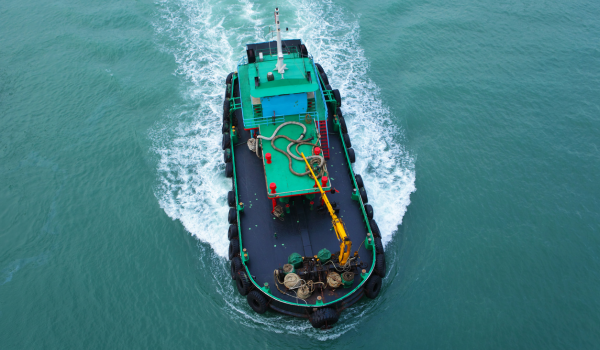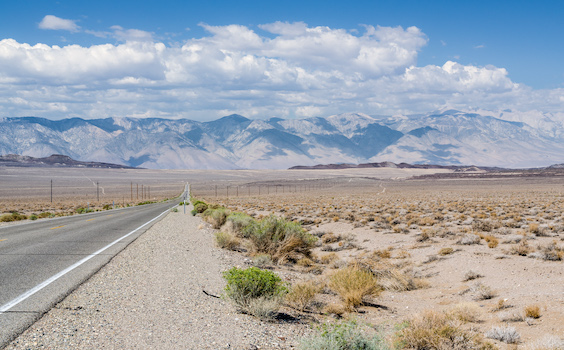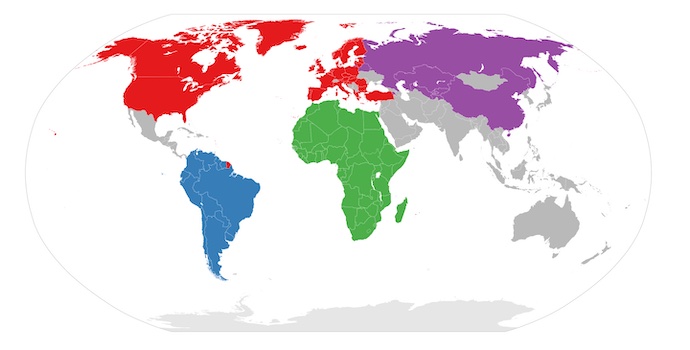The future of Canada’s freshwater amid America’s growing thirst
By Donna Kennedy-Glans and Don Hill

Donna Kennedy-Glans, KC, is a former Alberta cabinet minister, energy executive and non-profit leader. Her latest book is Teaching the Dinosaur to Dance: Moving Beyond Business as Usual. Don Hill is a sound artist and designer, writer, broadcaster, musician and interactive media producer. His newest work storytrees.ca is an interactive online and gallery exhibition.
“The real people of the West are infrequently cowboys and never myths . . . and they confront the real problems of real life in a real region . . . they live in a land of little rain and big consequences.”
— Wallace Stegner, The Sound of Mountain Water, 1969
The American Southwest is running out of water. The Biden administration is threatening to up-end legal rules and impose massive cuts to water allotments from the shrinking Colorado River.
Southern Albertans can relate to this sense of vulnerability. A century ago, the International Joint Commission — the body that rules on how Americans and Canadians co-manage water systems along the 49th parallel — grew out of a bitter dispute between settlers in Montana and Alberta over access to water.
Transboundary waterways influence relationships between neighbouring countries. Think of how the Danube River basin connects local economies across central and eastern Europe; how the Great Lakes and St. Lawrence Seaway not only mark a natural boundary between Canada and the U.S., but shape a shared economy.
Borders have been redrawn over water. Case in point: At the end of the Mexican-American War in 1848, Texas declared the Rio Grande as its southern border rather than the more northerly Nueces River.
Ironically, the greater challenge for Canada is not too little water; it’s what to do with so much water. Canada has nine percent of the world’s accessible freshwater — and less than one percent of the world’s population.
Which begs the question: If Canadians have what Americans want — access to freshwater — isn’t it naive to not anticipate increased pressure to export water in bulk to our southern neighbours?
It’s not impossible. Across the globe, kilometres of pipe have been laid and hectares of concrete poured in the desperate quest to divert water to parched places. There’s Gadaffi’s Great Man-Made River in Libya; gigantic desalination plants near Tel Aviv, Israel; all the dams and pipelines that spurred the growth of Las Vegas, Los Angeles, Denver, and Phoenix.
In Canada, a few large-scale schemes have been hatched by innovators and engineers bent on shipping freshwater south. One of the grander ideas, designed by a Newfoundland engineer in the 1950s, was the Great Recycling and Northern Development (GRAND) Canal plan to dam James Bay and divert water to Georgian Bay and then through the Great Lakes into pipelines to the southwestern U.S.
In the 1960s, the North American Water and Power Alliance (NAWAPA) project was proposed to divert the Yukon, Fraser and Peace rivers into an 800-kilometre-long reservoir (the Rocky Mountain Trench) from which freshwater could be shipped to America. Neither of these big ideas was implemented.
Pressure to share Canada’s water will grow
But things are different now. Not only is America’s thirst for water greater, but in the 21st century, water diversion and canal systems can be constructed in ways that were not possible in prior generations.
Modern-day experts are far better equipped to assess the impacts of schemes to move earth and water in dynamic ways. They can probe the consequence of bulk water diversion to archaeology along the eastern slopes of the Rocky Mountains; assess environmental trade-offs, including the impacts of flooding agricultural or rangeland; and factor in how large bodies of water moderate the weather and climate.
If it’s logistically viable — and water security isn’t an issue for Canadians — what’s stopping policy-makers from treating freshwater like softwood lumber, oil or any other commodity? Every time we export beef and canola, or any other agricultural output that requires lots of water to produce, we export “virtual water.”
Engineers and innovators — and some policy wonks too — don’t care much for politics. Deciphering moral obligations to share precious resources with neighbours is the job of political decision-makers.
As former Alberta premier Peter Lougheed discovered when he suggested diverting Alberta’s northern water to more heavily-populated southern communities in the province, water diversion is a political hot button. That’s why free trade agreements with the U.S. don’t force Canada to export water in bulk.
Yet pressure to share freshwater with a parched neighbour is a political inevitability. Climate change, and continental disaster risk reduction, may be the catalyst. Or the decision could be triggered by the morphing of global politics beyond prior recognition.
The Trudeau administration is setting the stage — promising a Canada Water Agency, led by the federal government — to modernize and coordinate Canada’s approach to water with provinces and First Nations.
People in the Prairies are wary. Prime Minister Justin Trudeau once described Canada as a post-nation nation-state, and his ministers have a history of “intruding” on provincial jurisdiction to manage resource assets. Indigenous peoples cannot help but wonder how they remain equal and sovereign partners in federally coordinated decisions about water.
The bigger question: If we lose our sovereignty over Canada’s most vital resource — freshwater — what do we become, as a nation?
R$
Events For Leaders in
Science, Tech, Innovation, and Policy
Discuss and learn from those in the know at our virtual and in-person events.
See Upcoming Events
You have 0 free articles remaining.
Don't miss out - start your free trial today.
Start your FREE trial Already a member? Log in
By using this website, you agree to our use of cookies. We use cookies to provide you with a great experience and to help our website run effectively in accordance with our Privacy Policy and Terms of Service.





